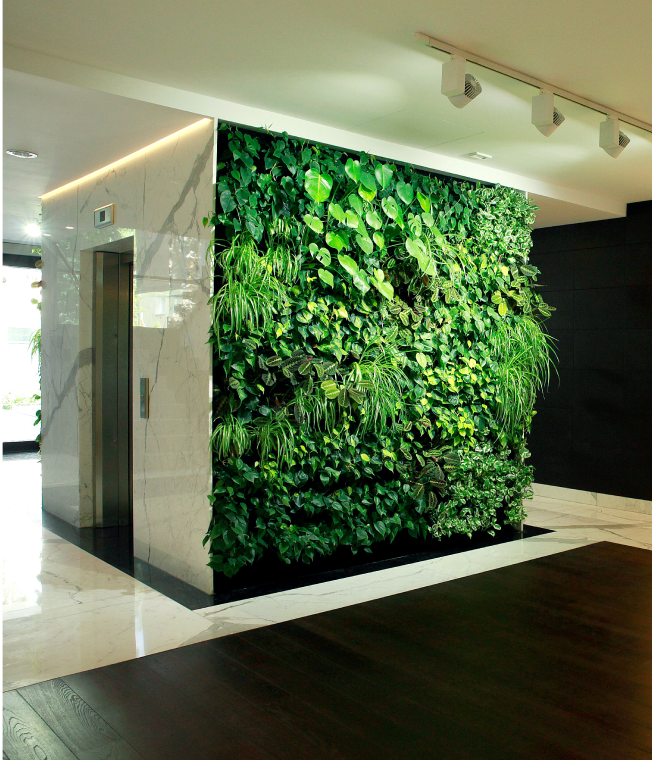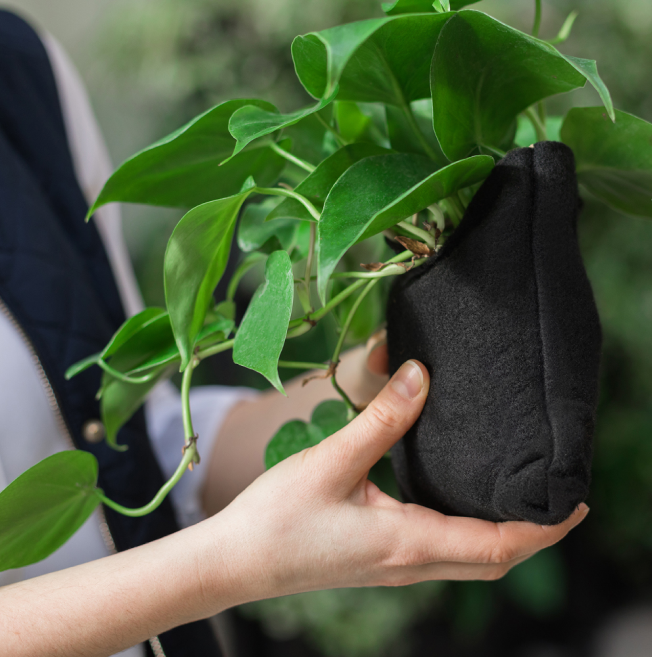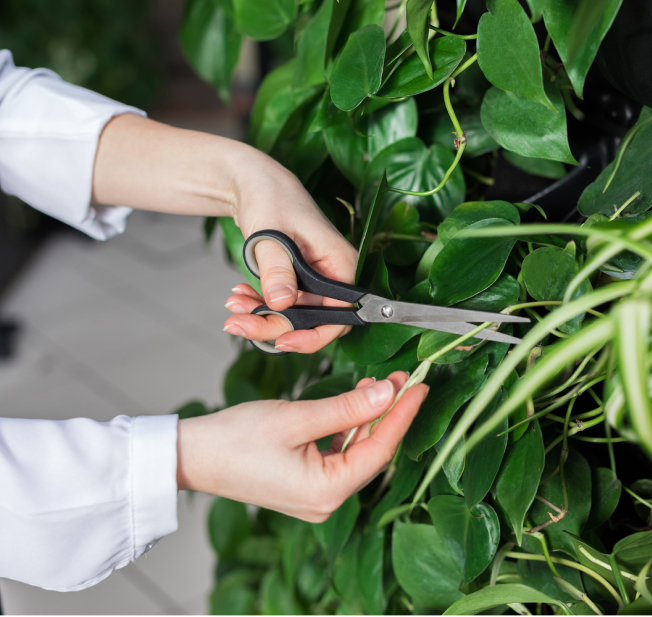
By increasing the air humidity in rooms, the plants are especially recommended for allergy and asthma sufferers. Moreover, many plants absorb and accumulate harmful chemical substances that are harmful to human health, e.g. heavy metals, volatile organic and inorganic compounds. It has been shown that plants can reduce the concentration of harmful compounds such as formaldehyde and benzene by up to half.
Plants undoubtedly have a positive impact on human health and well-being. It has long been proven that visual contact with plants has a soothing effect on human eyesight and also has a calming effect by re-educating the level of stress. Being among plants develops imagination and improves creativity.
Plants that are properly and harmoniously nourished are characterized by optimal growth and natural resistance to the presence of pathogenic factors in the environment. They create effective physical barriers (e.g. waxing of leaves, thick skin cell walls, cutter) and have increased physiological resistance to pathogenic infections (e.g. germination of fungal spores and development of mycelium) or punctures and bites of pests. in.
However, it may happen that plants begin to show disease symptoms in the form of pests or lesions on the leaves. It is beneficial to install simple signaling devices, i.e. sticky boards of different colors to attract and neutralize insects - plant pests.


The condition of the plants should be monitored, especially in the first season after planting. During this period, the most common occurrence is the development of a disease or the hatching of a pest brought with the plant. For this reason, it is best to isolate the attacked plant. Neighboring plants should be additionally observed and prophylactically protected with an appropriate biopreparation.
Among the most common pests, we can find spider mites, aphids and mealybugs. A good solution is then to use selective biological preparations that act on specific insects or to use biopreparations containing beneficial organisms. In the case of diseases, we distinguish: fungal diseases such as powdery mildews, gray molds, phytophthora diseases or root rot, and bacterial diseases - bacteriosis, for which we can also use biopreparations intended for specific diseases.

An interactive primer on plant species used in vertical gardens and the research cited therein were created as part of the project "Innovative furniture system for commercial spaces with a built-in system vertical garden. The project is co-financed by the European Union from the European Regional Development Fund under the Smart Growth Operational Program 2014-2020





Wał Miedzeszyński 472X lok. 2
03-994 Warsaw, Poland